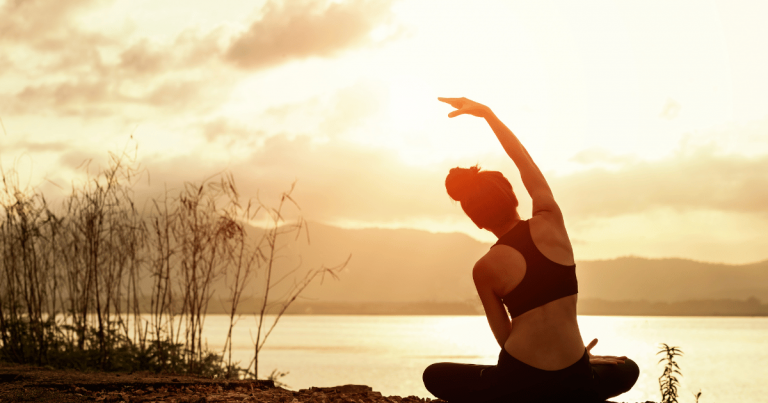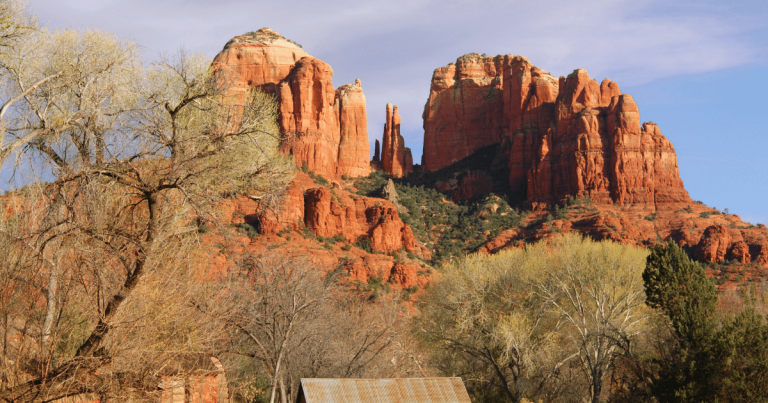Beware of These Dangerous Animals in Joshua Tree
Joshua Tree National Park is a beautiful place home to some of the world’s rarest animals. Every year, thousands of visitors come to the park to escape and enjoy the stunning scenery of this wilderness reserve.
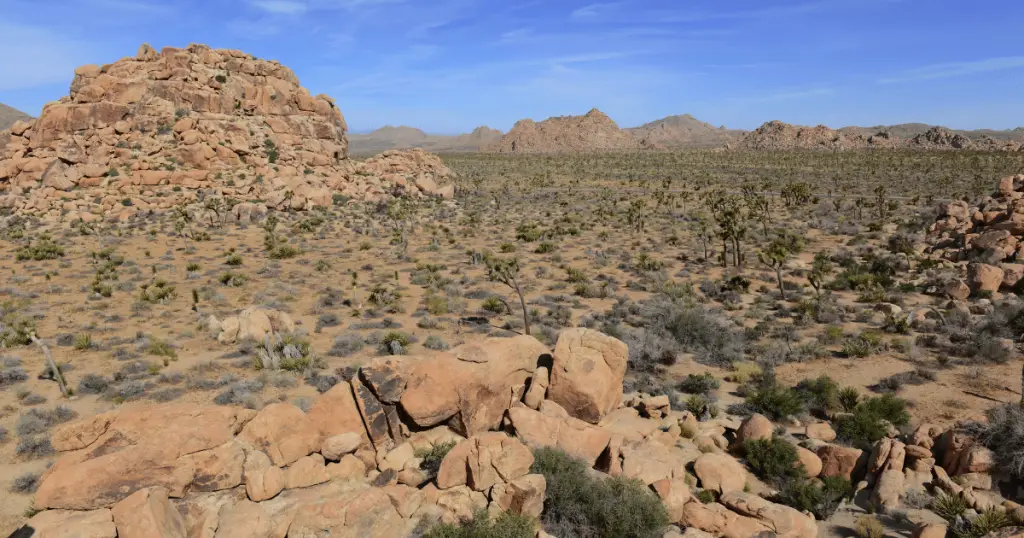
However, visitors should be aware that there are some dangerous animals in Joshua Tree. The park’s incredible biodiversity includes some animals that visitors should be cautious of.
Joshua Tree Wildlife Overview
Joshua Tree National Park boasts a rich array of wildlife adapted to its unique desert ecosystem. Visitors to the park may encounter everything from the stealthy bobcat darting in and out of the shadowy underbrush to the slow-paced desert tortoise, a species that has made its home in this arid landscape for thousands of years.
The park’s skies are ruled by the majestic golden eagle, and its ground by the cunning coyote, each uniquely adapted to its challenging environment. However, this ecological paradise has its challenges.
The harsh desert conditions present a survival puzzle for these creatures, who have evolved astonishing adaptations to thrive in this seemingly inhospitable habitat. As we delve deeper into the exploration of Joshua Tree’s wildlife, it’s essential to remember the delicate balance of this ecosystem and the role each species plays in maintaining it.
Venomous Reptiles in Joshua Tree
Among the diverse wildlife in Joshua Tree, some creatures command a respectful distance due to their potentially harmful characteristics. Among these are venomous reptiles, such as the Western Diamondback Rattlesnake and the Desert Sidewinder.
The Western Diamondback Rattlesnake is easily identifiable by its thick body, diamond-shaped pattern, and the distinctive rattle at the end of its tail. This snake prefers rocky areas and is most active in warm weather.
The Desert Sidewinder, recognized by its “horns” over the eyes and unique sideways locomotion, is another common venomous snake in the park. This snake is well-adapted to sandy environments and is often found in dunes.
Safety Tips for Hikers
Safety should always be a priority when hiking in Joshua Tree. Here are some tips to avoid snake encounters:
- Stay on designated trails. Snakes hide under rocks and crevices, so avoid wandering off the path.
- Watch your step. Look before stepping over logs or rocks where snakes could be hiding.
- Avoid hiking at night. Many snakes are nocturnal and more likely to be active after dark.
- Keep a safe distance. If you spot a snake, give it plenty of space and do not attempt to handle or provoke it.
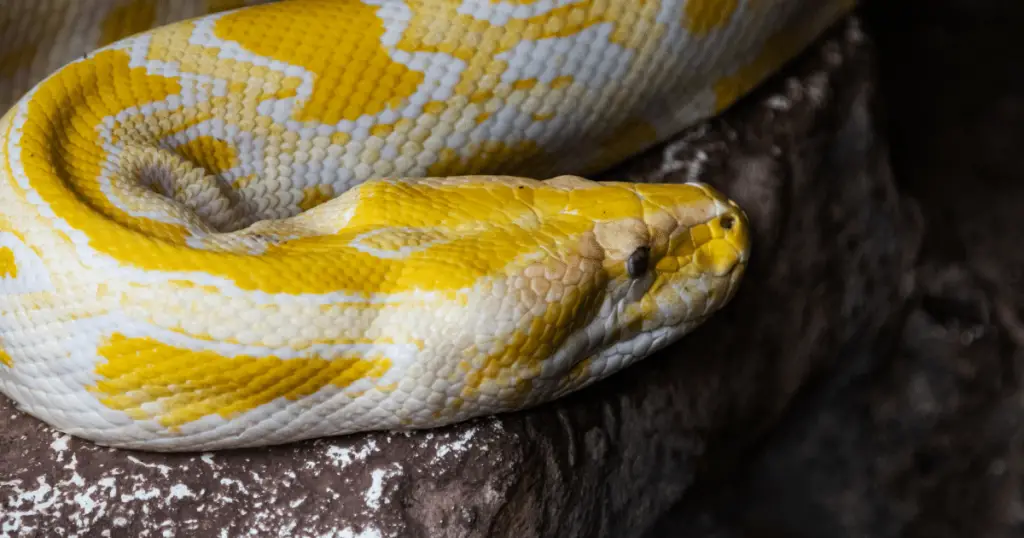
What to do if bitten
If a snake bites you, it’s crucial to remain calm and seek medical attention immediately:
- Move away from the snake to prevent further bites.
- Keep the bitten area as still as possible to prevent venom from spreading.
- Do not apply ice or a tourniquet or attempt to suck out the poison.
- Call 911 and wait for medical assistance.
Remember, a visit to Joshua Tree is an opportunity to appreciate the beauty and complexity of nature, but always respect wildlife and stay safe.
Insects and Arachnids to Watch Out For
Just as the Joshua Tree has its share of venomous reptiles, it also hosts a range of insects and arachnids that deserve caution. Two noteworthy creatures in this category are the Arizona Bark Scorpion and the Desert Tarantula.
The Arizona Bark Scorpion, small but potent, is the most venomous in North America. They are nocturnal and often found under rocks or crevices during the day. Their sting can cause severe pain but is rarely life-threatening.
The Desert Tarantula, while intimidating in appearance, is relatively harmless to humans. Their bite can be painful, similar to a bee sting, but their venom is weak. However, some individuals can have allergic reactions to the bite, which require medical attention.
Prevention Tips
To avoid encounters with these creatures:
- Wear appropriate clothing. Long trousers, boots, and gloves can protect you from accidental encounters.
- Use a flashlight after dark. Many of these creatures are nocturnal and can be avoided with careful observation.
- Check your shoes and clothing before putting them on. These creatures can often seek shelter in personal items left outside.

Dealing with Bites or Stings
In the unfortunate event of a bite or sting:
- Remain calm. Panicking can increase your heart rate and spread venom more quickly.
- Wash the area with soap and water.
- Apply a cool compress to reduce swelling.
- Seek medical attention immediately.
Be aware of These Desert Mammals
Apart from the reptiles and insects, Joshua Tree National Park is also home to a few potentially dangerous mammals. These animals, though fascinating, command respect and caution, especially when encountered in their natural habitats. Two such mammals that visitors are likely to come across are the Coyote and the Bobcat.
The Coyote, often associated with the folklore of North America, is an adaptable predator that thrives in various environments. They are generally not a threat to humans but can be dangerous if they feel threatened or cornered. Coyotes are most active during the night, but sightings during the day are not uncommon.
Bobcats, named for their ‘bobbed’ or short tails, are elusive, nocturnal creatures. They are typically shy and avoid human interaction. While smaller than most big cats, a bobcat is still a capable predator and can pose a threat if it perceives a danger or is protecting its young.
Safety Precautions for Encounters with Larger Wildlife
In the event of an encounter with these larger mammals, the following precautions can help ensure your safety:
- Keep a safe distance: Both coyotes and bobcats are wild animals that can feel threatened if approached or cornered. Maintain a respectful distance and never attempt to feed or touch them.
- Do not run: If you encounter a coyote or a bobcat, resist the urge to run, as this could trigger their predatory instincts. Instead, stand tall, maintain eye contact, and back away slowly.
- Make noise: If the animal does not retreat, try to scare it away by making loud noises. Shouting or banging pots and pans can work.
- Travel in groups: There’s safety in numbers. Larger wildlife are less likely to approach a group of humans.
- Store food securely: At your campsite, ensure all food is stored out of reach and sight as the smell can attract wild animals.
- In the unlikely event of an attack, fight back: Protect yourself by using any available objects as weapons, such as rocks or branches.
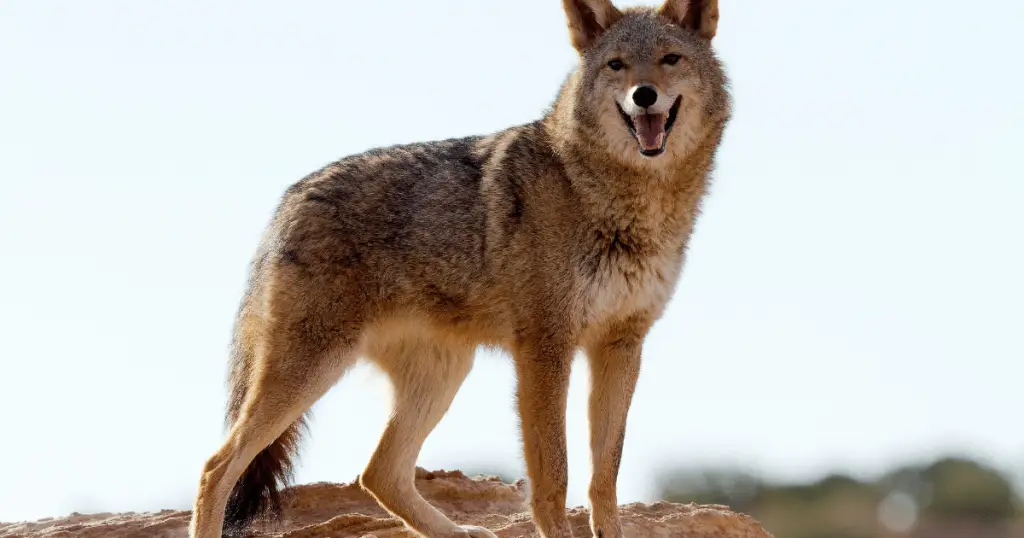
Pay Attention to Birds of Prey
Birds of prey, or raptors, are a common sight in Joshua Tree National Park. They play a crucial role in the ecosystem, helping to maintain a balance in the local wildlife populations. Raptors such as the Red-tailed Hawk and the Great Horned Owl are apex predators, and their hunting activities keep the populations of rodents and other small mammals in check.
Despite their importance in the ecosystem, these predators can challenge visitors. Birds of prey are particularly protective of their nesting areas. During nesting season, raptors may exhibit defensive behaviors if they perceive a threat to their young. This can include swooping towards humans who inadvertently come too close to their nests.
Cautionary Information on Nesting Areas and Protective Behaviors
To avoid disturbing birds of prey and risking potential confrontations:
- Maintain a safe distance: Always observe birds from a distance, especially during the nesting season. Use binoculars for a closer look.
- Stay on marked trails: Wandering off the path can accidentally disturb a nest.
- Never touch or remove eggs or nestlings: It’s illegal and can provoke defensive behaviors from the parents.
- Be aware of warning signs: If a bird of prey acts aggressively, you may be too close to its nest. Back away slowly and calmly.
Conclusion: Dangerous Animals in Joshua Tree
Joshua Tree National Park is a diverse and dynamic ecosystem, home to an array of captivating creatures. While their presence enriches the park’s environment, visitors must exercise caution and respect. From the smallest tarantula to the most elusive bobcat, every creature plays a fundamental role in maintaining balance in this unique environment.
Therefore, understanding their behaviors and adopting the appropriate safety measures is crucial. This not only ensures our safety but also contributes to the preservation of these species and their habitats. Remember, we are guests in their homes, and by acknowledging this, we can enjoy the park’s natural beauty without disturbing its delicate ecological balance.





